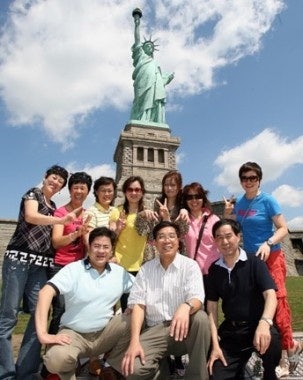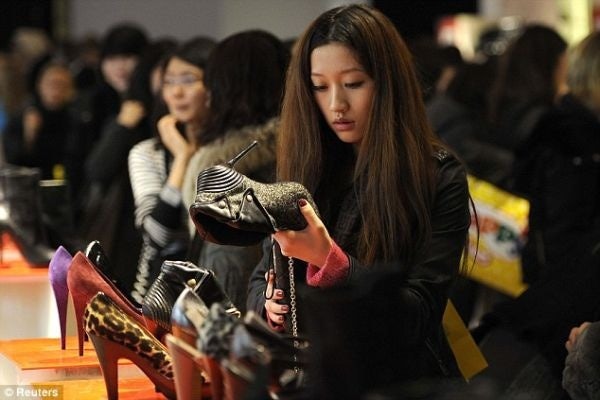Aggressive Marketing, Streamlined Visa Process Paving The Way For More Chinese Arrivals#

Aided by ramped-up marketing efforts and more efficient visa procedures, Chinese tourism to the United States is expected to rise some 13 percent this year, pushing arrivals from 1.5 million last year to the upper end of 1.7 million in 2013. This month, the US Embassy in Beijing launched new initiatives to improve the visa-application process, making it easier to check status updates and schedule visa interviews, and instating a flat $160 processing fee for applicants in Beijing and other cities. In a shift from the previous policy, no additional fees will be charged for scheduling or changing interview dates or returning passports. The Embassy is also offering more online features, such as allowing applicants to take part in visa interviews via the Internet.
Over the course of the past year, the average waiting time for a US visa in China dropped to five days, a number the US State Department has said it wants to chop further as China becomes an increasingly lucrative and important source of inbound tourists.
As China Daily notes this week:
About 1.5 million people from the Chinese mainland visited the US in 2012, and streamlined visa processing at US consulates was just one reason, said Bob Rouse, spokesman for the National Tour Association, which represents package-tour operators in the US and Canada.
The association has been focused on China's outbound-travel market since 2008. That year, the US and Chinese governments agreed to allow leisure travelers from China to visit the US on group tours. The NTA in turn launched its China Inbound Program and maintains a list of US operators that specialize in serving Chinese tour groups.
"We are very grateful for the Obama administration's efforts in promoting tourism between the two sides, and we expect it to move quicker in 2013," Rouse said.
President Barack Obama and representatives of the US travel and tourism industry recently launched a campaign to promote the country as a top international travel destination. China is a key target of the $150 million global marketing effort, labeled Brand USA.
China's government has also announced a series of initiatives aimed at increasing travel among its citizens. A recently issued document emphasizes the importance of travel as a way to enhance the country's economy and citizens' quality of life.

The number seven source of foreign tourists in the United States as of October of last year (trailing Brazil), China has become a key target for major hoteliers, retailers and tour operators in the US. However, as Fortune recently pointed out, positive momentum doesn't mean obstacles no longer remain:
The surge in tourist spending offers an elegant solution to one of the economy's structural problems -- a way for the U.S. to tap into the growth in emerging markets while exploiting its own strengths, including its popular culture, its safety, and its large service workforce. More than 5.4 million Americans work in travel and tourism, and their jobs cannot be easily outsourced. Tourism is one of the few areas in which mature economies are still outperforming emerging ones, mainly because people from Third World countries want to visit First World ones.
And yet America's share of global tourism spending has declined since 2000, from 17.5% to 11.2%, according to the World Tourism Organization. The U.S. may be luring more visitors from China, but it takes in just a sliver of that country's tourist expenditures, which hit $73 billion in 2011. More Chinese tourists preferred France, the world's leading destination, that year. Many foreigners view the U.S. as unwelcoming, citing its stringent security measures. "Don't invite people here and then make them wait two hours to get in," says Bill Talbert, the head of the Greater Miami Convention and Visitors Bureau.
Beyond that, U.S. businesses have been slow to embrace the phenomenon. "There hasn't been enough foresight to tailor infrastructure and products to emerging tourists," says Vincent Lui, a managing director at Boston Consulting Group. While the benefits of Chinese tourism have long been understood in Europe, where hotel chains and luxury brands derive most of their sales from overseas travelers, U.S. companies are only beginning to grasp the opportunity. "So far there are no clear winners among the companies that have already entered the market," Lui wrote in a recent report. "But that window won't remain open forever."
